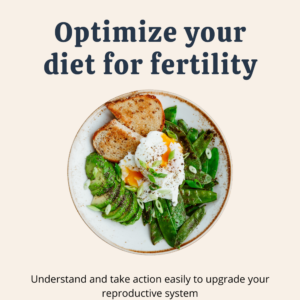So, you’ve decided you’re ready to start trying for a baby. Welcome! It’s an exciting, hopeful, and sometimes slightly terrifying time. For years, the focus was probably on not getting pregnant, and now the tables have turned. Suddenly, you’re faced with a world of ovulation trackers, hormonal charts, and advice that seems to change with every website you visit.
If you’re feeling a little lost, you’re not alone. The “birds and bees” story we learned as kids left out a few key details. Let’s break down the most important first step: understanding your fertile window.
Timing is Everything (Sort Of)
Conception isn’t just about having sex; it’s about having sex at the right time. The science is actually pretty specific: there’s a window of about six days each cycle when you can get pregnant. This includes the five days leading up to ovulation and the day of ovulation itself. Why so long? Because sperm can hang out and wait for the egg for up to five days, but the egg is only viable for about 24 hours after it’s released.
It’s a miraculous orchestration of events, and knowing your cycle is the key to getting the timing right.
Becoming a Detective of Your Own Body
So, how do you pinpoint this magical 6-day window? Your body gives you clues; you just have to learn how to read them. The “I am Magic” workbook calls this “getting to know your body better,” and it’s incredibly empowering.
Here are a few popular methods you can combine for the best results:
• Track Your Cycle: Start by simply marking the first day of your period on a calendar or app. Over a few months, you’ll see a pattern emerge, which helps you predict when ovulation might happen.
• Monitor Cervical Mucus: This is a game-changer. As you approach ovulation, your cervical mucus changes to a clear, stretchy, “egg-white” consistency. This is your body’s way of creating a sperm-friendly environment.
• Use Ovulation Predictor Kits (OPKs): These at-home urine tests detect the surge in Luteinizing Hormone (LH) that happens right before ovulation, giving you a clear heads-up that it’s go-time.
By combining these methods, you get a much clearer picture of what your unique cycle looks like. Remember, if your cycles are very irregular, or if you have unusually painful periods, it’s always a good idea to chat with your OB/GYN.
The fertility journey is a marathon, not a sprint. This first step, “learning to read your body’s signs” is the most powerful tool you have. You’ve got this!




